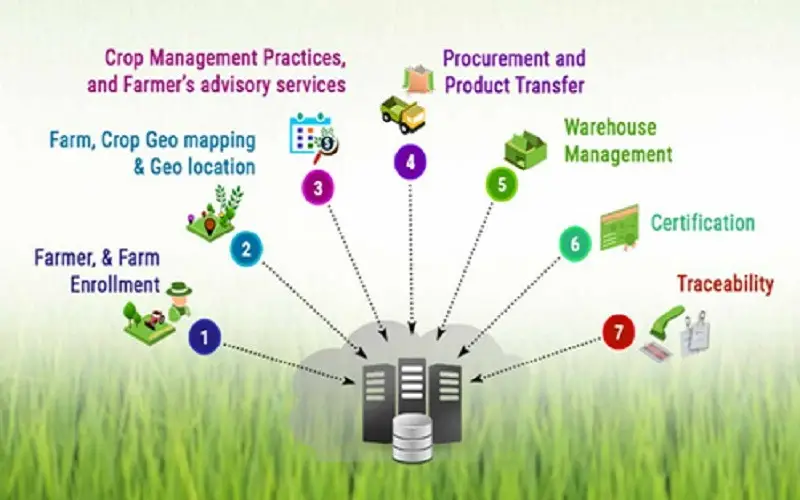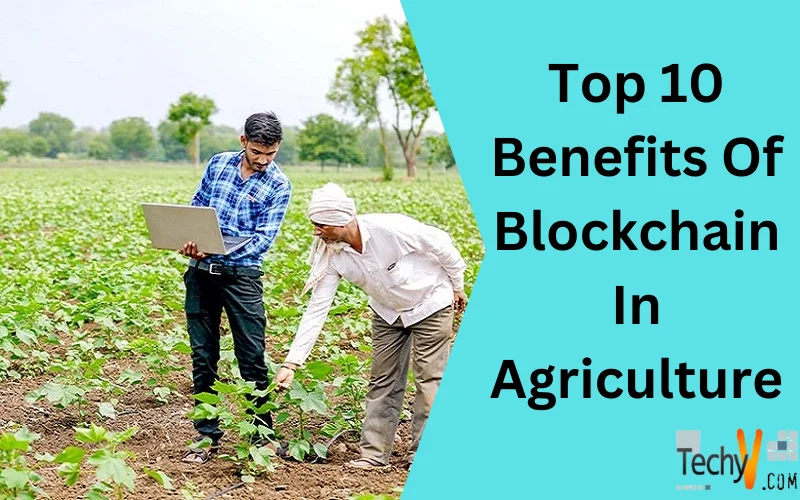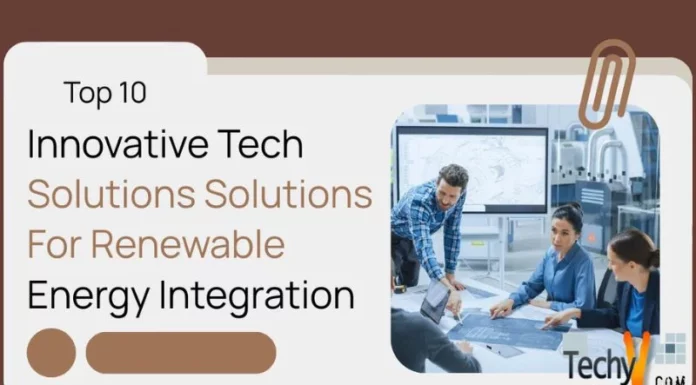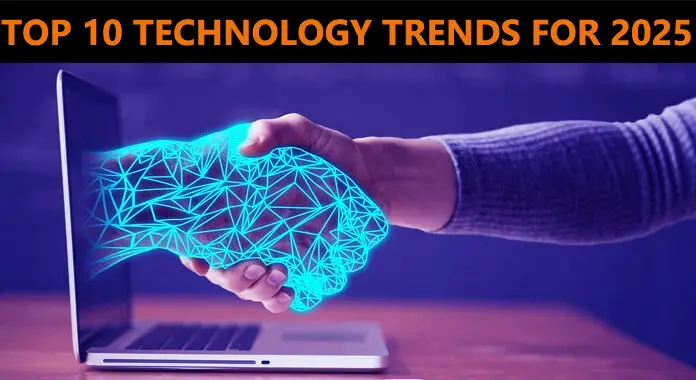Blockchain is a technology that has a technology growth in a country’s economy. Blockchain technology can be implemented in any field in our daily live. Blockchain technology can be implemented in the medicine industry, food industry, and so on. Agriculture is the backbone of any particular country like India. But agriculture in today’s world has many challenges. To overcome this, blockchain technology can be implemented to improve the supply chain. Here are the top 10 benefits of Blockchain Technology in Agriculture.
1. Transparency
Often farmers face issues based on the transactions where they sell their products to a middleman who takes them to the local people. Farmers receive less money from the middleman, but they sell them at a higher price to the local population. Blockchain can be implemented here, where all transactions are stored in a distributed and transparent ledger, which makes the transaction process transparent. Blockchain can be implemented here, where all transactions are stored in a distributed and transparent ledger, which makes the transaction process transparent.

2. Traceability
In this methodology, farmers will frequently be updating the information about the crops, like when it was cultivated, where the vegetables came from, their origin, and so on. This information is stored in the general ledger so that it can be easily tracked by consumers and food safety is increased. It also makes quicker responses based on the query raised. This makes the traceability of the goods simple.
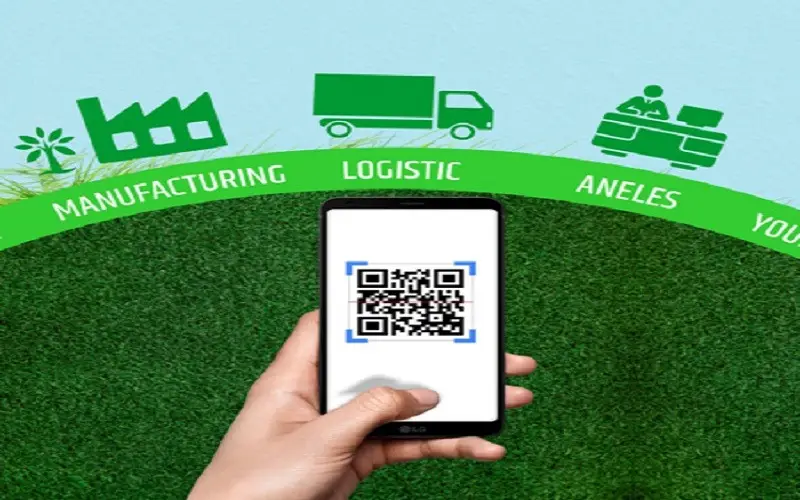
3. Decentralized Network
Blockchain is a decentralized system that eliminates the intervention of mediators. In agriculture, the decentralized network plays a significant role by removing the middlemen, thus increasing security, and it helps farmers receive their sweat worth. The middleman is an important part of today’s agricultural system. Some things are good, but the majority of farmers have lower profits because of the intervention of the middleman. Thus, the intermediary’s rate is declined and improves the net worth.
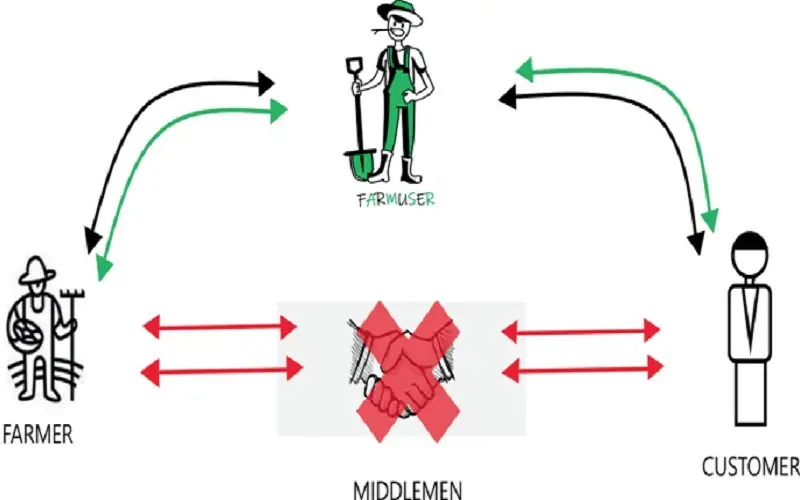
4. Use Of Smart Contracts
Blockchain has a technique called smart contracts where farmers can make their transaction process more manageable and secure. Smart contracts are usually automatically generated. Sellers can enter into smart contracts where payments are made automatically when they buy the vegetables or crops. It makes the transaction process smooth and thus prevents delay of payments.
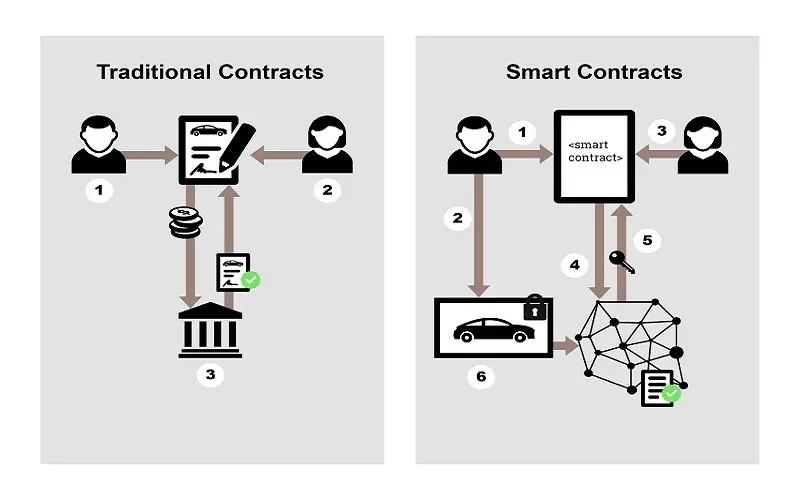
5. Up-To-The-Minute-Data
Integrating IoT with blockchain real-time data from the agriculture fields can be obtained more significantly. IoT sensors such as moisture sensors and moisture detection sensors need to be placed on the fields this data is stored in the blockchain ledger. The data stored in the ledger can be accessed, and it can also prevent the plants from various natural activities such as water requirements and so on.
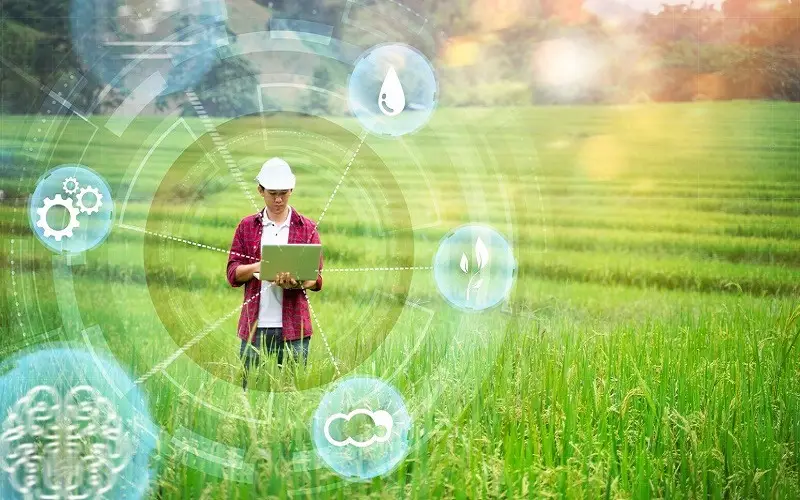
6. Insurance Claim
Blockchain makes the process of insurance claims accessible. Many farmers in our country struggle for their insurance. This problem always exists, and it has never come to an end. Usually, the respective officers have to do area research physically to find out whether the field is affected or not. This process may be easy if there are one or two officers, but this is not so. By implementing the blockchain, officials can quickly view the immutable real-time data stored in the blockchain ledger and simplify the process.
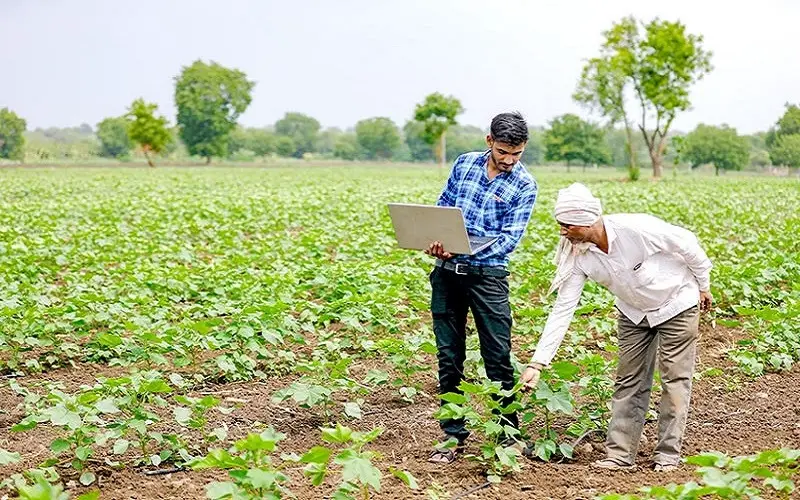
7. Crop Rotation
By using the data stored in the blockchain ledger, various data analytics techniques can be used to improve the yield. Using the data in the ledger, different crop rotation techniques can be implemented, which improves the profit for the farmers. ML models can be integrated into the blockchain to detect and predict diseases in crops.

8. Trust
The first and foremost step in any process is belief. Blockchain technology increases the trust among consumers. This makes consumers aware of the nooks and corners of the supply chain process. They will get a transparent report about the species, origin, cultivation details, price, and so on. This builds trust between consumers and farmers and makes the relationship better and more sustainable.

9. Quality Control
Blockchain technology uses the distributed ledger, which facilitates the tracking of the supply chain of agricultural products. The consumer can quickly check the quality of the agricultural products from where they are; this increases the shelf life of the crops in the market and improves food safety. Thus, the government can ensure that the quality of vegetables and fruits sold in the market is good. This reduces the work of the government but provides a full fledge to human safety.

10. Supply Chain Cycle
Blockchain technology can be integrated into agriculture, enabling efficient supply chain management. Usually, farmers cultivate the crops and send the agricultural products to small-scale vendors. There is always a situation where there may be a delay in the arrival of the products, and the consumer nor the farmer will be aware of the reason for the delay. It causes unwanted disruptions between the producer and the consumer. Thus, by implementing blockchain technology, they can make use of the real-time data of the movement of products until they reach the consumers. Thus, the process is simplified.
